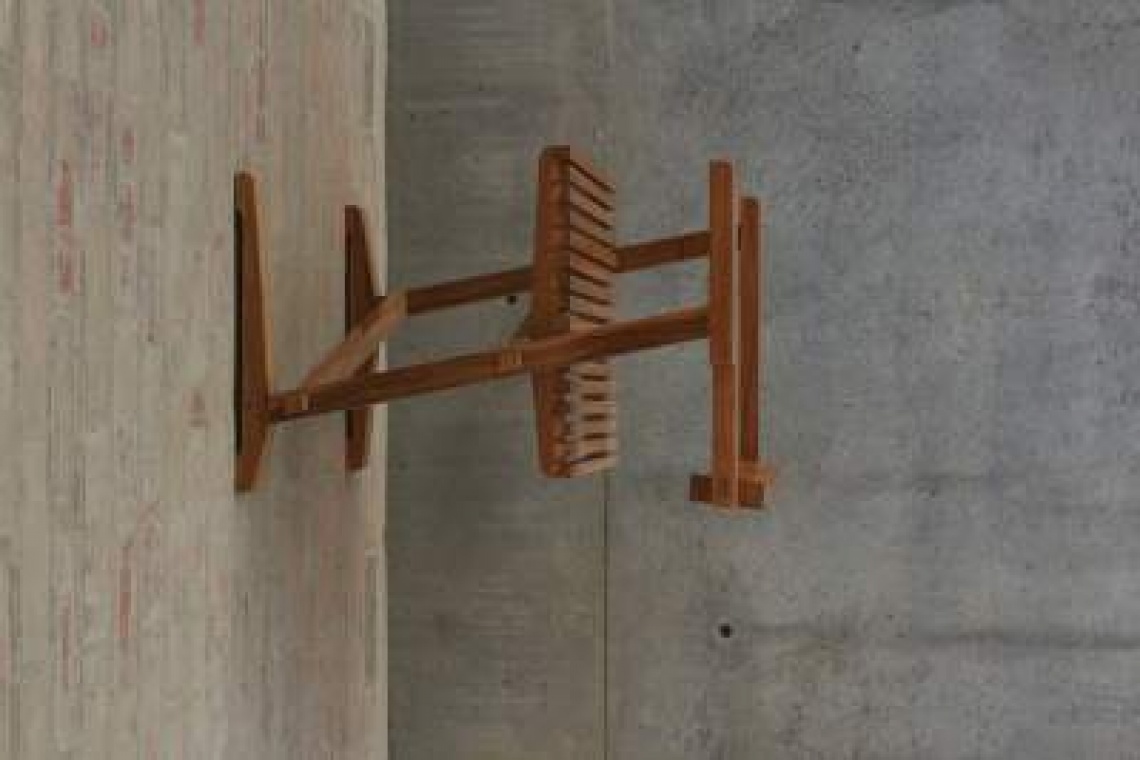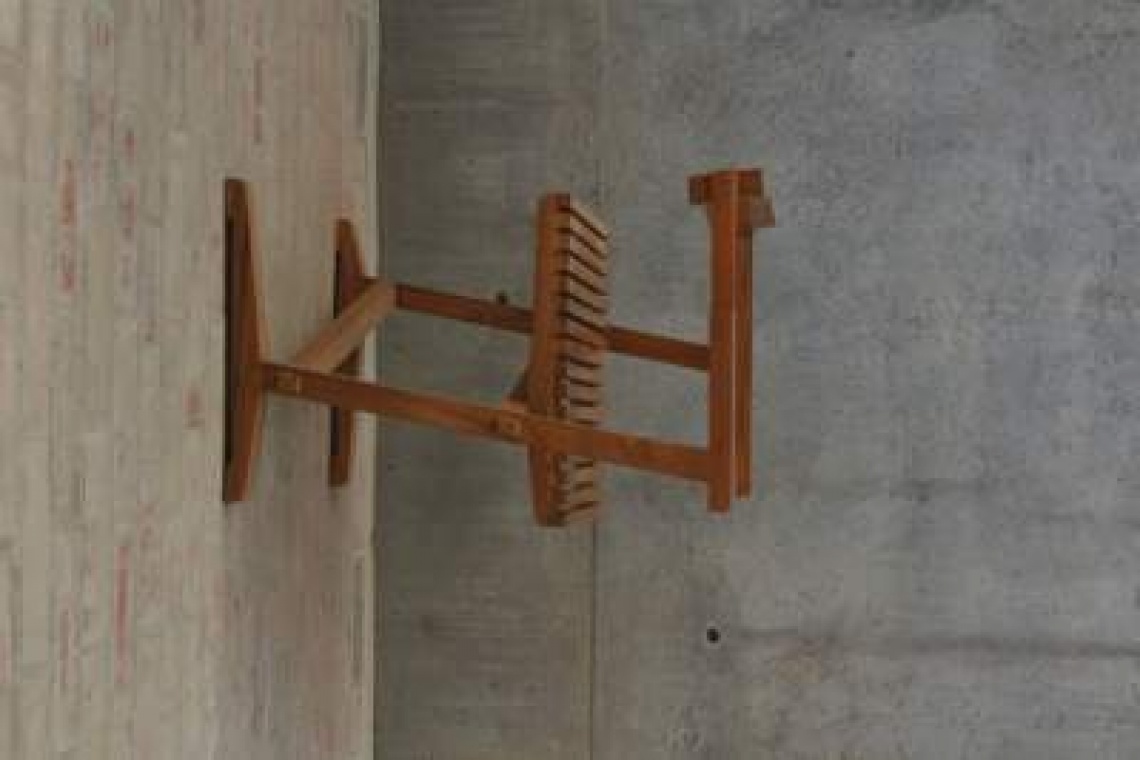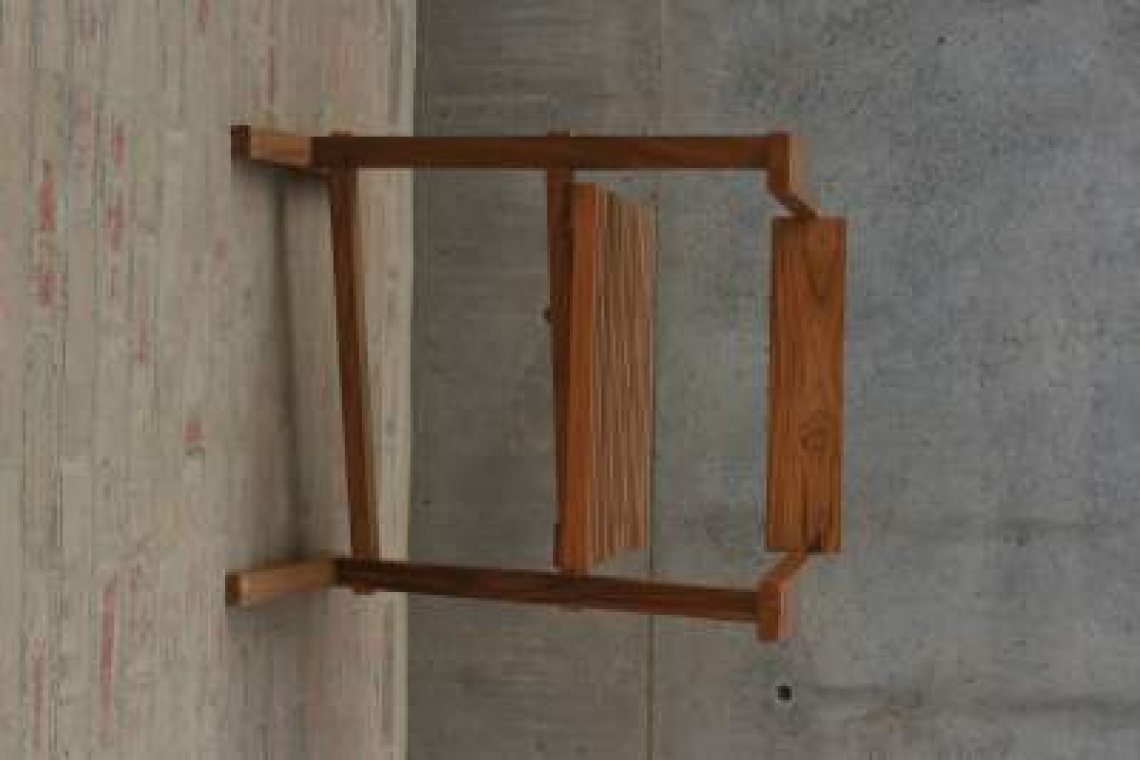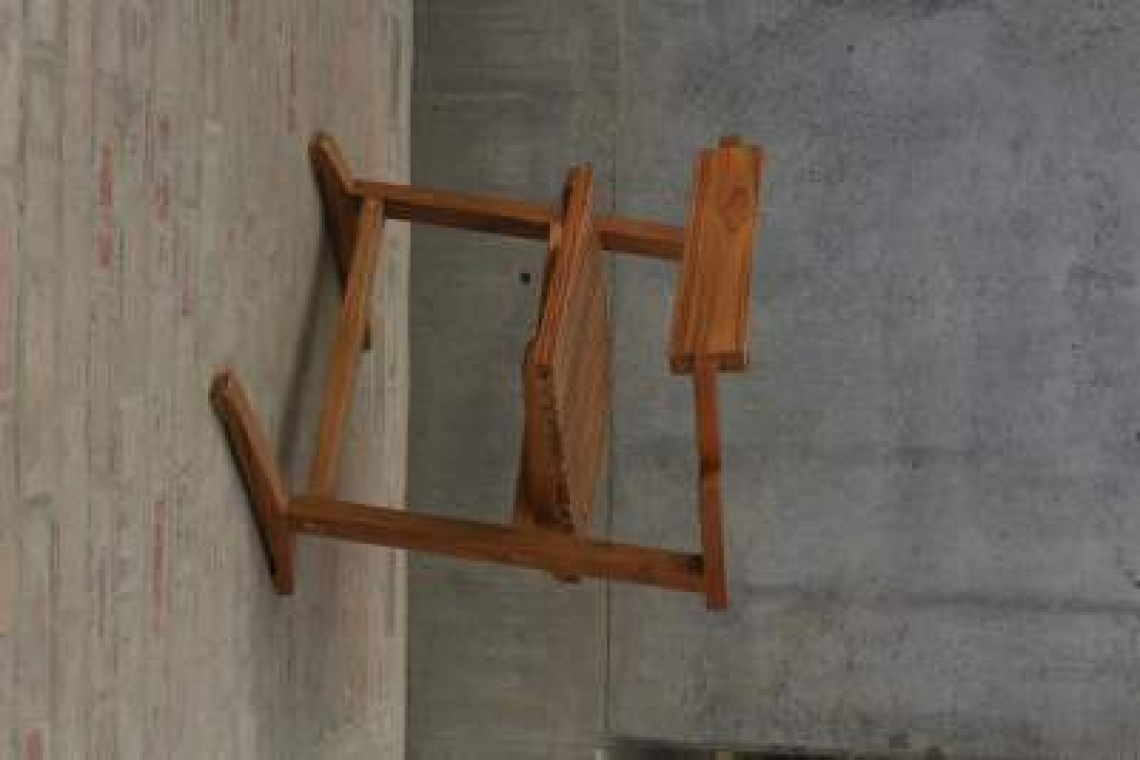Your browser is out-of-date!
For a richer surfing experience on our website, please update your browser. Update my browser now!
For a richer surfing experience on our website, please update your browser. Update my browser now!
Teak wood cantilevered dining chair, is an output of structural stability as priority. Explorations in terms of thickness, orientation, joineries of wood members proved to be primary objective. As seen in the case of the critical junction at leg and leg base, it's constructed with tenon mortise joint, in the same alignment as the leg and its grains which runs perpendicular to the grain of mortise. Also, the angular tenons and the shoulder on either side, makes the joinery sturdier and tighter. Upon application of external force, internal reactive forces like, shear, axial and bending, are developed. Asymmetric geometry of leg supports is solely derived from the study of the above-mentioned forces to achieve structural equilibrium. Other facet of the design process involves optimization with regard to proportions, comfort and economy. Back rest at the same height as hand rest, rightly serves the purpose of dining chair, independent members of the seat resting on brackets below, increasing only required amount of surface area in hand rest, are derivations based on optimization. Lastly, to achieve a visually balanced and aesthetic design language, the brackets below the seat resemble inverted leg supports, and also hand rest and back rest give a sense of continuity.



